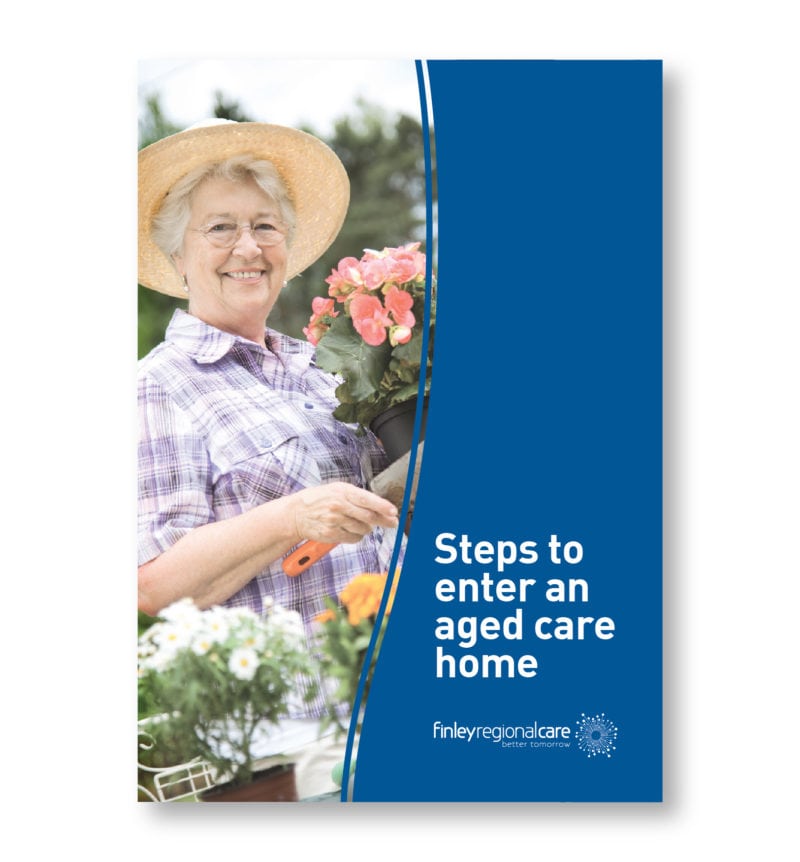Exercise – we all know it’s good for us. It can help us get fitter, stronger, leaner and healthier, as well as improving our balance and lessening our risk of falls and fractures as we get older. But as well as this, exercise has a vital role to play in reducing our chances of contracting one of the many significant health conditions that become more and more likely as we age. Ageing well is vitally important if we want to ensure a long, healthy and pleasant final chapter of our lives – and exercise appears to be key. There are a wide variety of diseases and conditions that exercise can help prevent – here are just some of them.
Mental health conditions
Exercise is widely known to produce “feel-good” endorphins that have a positive benefit on your mental health. And in a society where mental health issues are becoming endemic, the importance of exercise cannot be overstated. Exercise really is the best antidepressant around at the moment, and research has shown it is highly effective in improving mental health and reducing the risk of depression in all age groups. It’s also effective in reducing stress levels and building confidence – other important facets of good mental health.
As an added bonus, exercise often involves a social element, whether that’s playing in a team sport or participating in an exercise class at the gym with others. This social element can magnify the benefits of physical activity for your mental health.
Diabetes
More than two million Australians have some form of diabetes or pre-diabetes, and the bad news is these statistics look set to rise even further. There is good news however – and that’s the reassuring fact that the onset of diabetes can be delayed or completely avoided through exercise coupled with a healthy diet. For those without the disease, clinical trials have comprehensively shown that diabetes can be prevented through measures such as exercise, healthy eating and weight reduction. For those who already have diabetes, exercise is also an effective treatment. Exercise can counter insulin resistance, lower blood glucose levels, help you maintain a healthy weight and even help your insulin to be more effective. Exercise is particularly important for diabetics – in fact, it could be considered non-optional, given the enormous benefits it provides.
Heart disease
As the leading cause of death in Australia, heart disease is responsible for one death every 12 minutes. These deaths are highly preventable however, through – you guessed it – exercise and diet. The dangers of inactivity are significant for the heart, and lack of exercise is one of the significant risk factors for developing cardiovascular disease.
Physical activity can lower the risk by helping you maintain a healthy weight, lowering blood pressure, harmful cholesterol and triglycerides and raising healthy cholesterol levels. It also reduces stress levels and anxiety and improves blood circulation. Exercise offers both short and long-term protection for your heart, and can be considered an insurance policy for those at risk of cardiovascular issues.
Osteoporosis
The statistics surrounding osteoporosis are frightening, with one in three women and one in five men likely to experience an osteoporotic fracture at some point in their lives. Osteoporosis is extremely common, but the good news is that it’s quite preventable with a combination of treatment and exercise. But to give yourself the best chance of avoiding this painful and debilitating condition, you need to start exercise as early in life as possible. Bone density starts to reduce after the age of 30, meaning weightbearing exercise when you’re younger has a vital role to play in increasing bone density and reducing the risk of breaks and fractures.
Alzheimer’s Disease
While Alzheimer’s is an irreversible, progressive disease, exercise has been shown to be effective for treating or reducing the symptoms. Plus, it can even help prevent the onset of the disease by countering the cognitive decline that comes with ageing and helping to alleviate the brain changes associated with the disorder. Sufficient levels of physical activity can improve cognitive functioning and help prevent Alzheimer’s – and are also likely to reduce the brain changes associated with dementia.
Cancer
Yep, the benefits of exercise even extend towards preventing cancer! These days exercise is considered to be one of the most powerful cancer-fighting weapons around, with half of all cancer deaths estimated to be avoidable by adopting a healthy lifestyle. And being physically active can help lower the risk of developing a wide range of cancers, including stomach, liver, kidney, breast, oesophageal and colorectal cancers. It does this by reducing the harmful effects of being overweight, reducing inflammation and hormone levels associated with cancer development and progression, strengthening the immune system and decreasing the body’s exposure to possible carcinogens by speeding up your digestive system. Exercise is also effective in boosting quality of life during treatment for cancer.
How much exercise do you need to experience these benefits?
Exercise recommendations vary somewhat, and it’s hard to give a definite number as to the amount of exercise you need to do to ensure healthy ageing. However, at least 30 minutes of daily moderate to vigorous exercise is generally recommended, although lower doses such as walking twice a week can still have a positive effect. And to make it even more achievable, you don’t have to accumulate this amount of exercise all in one hit – you can break it up into smaller blocks spread throughout the day to get the same effect. And almost any kind of exercise can help, from aerobic exercise to weightlifting. Plus, it’s never too late to start exercising – find out more here.
What it comes down to is that regular physical activity is strongly linked to a longer and healthier life, and is one of the best ways to ensure you age well. Exercise is the hero in the fight against these diseases, and can go a long way towards protecting you from a wide range of undesirable health conditions. There is indeed a magic bullet to better health – and you’ll find it when you’re out pounding the pavement, lifting those weights or stretching your way through a yoga class.
Discover even more secrets to living a longer and healthier life here.


 Out of lockdown activities
Out of lockdown activities
